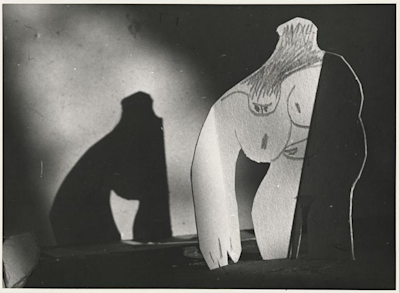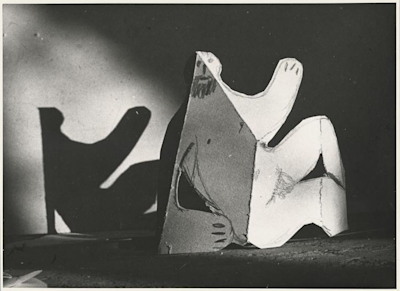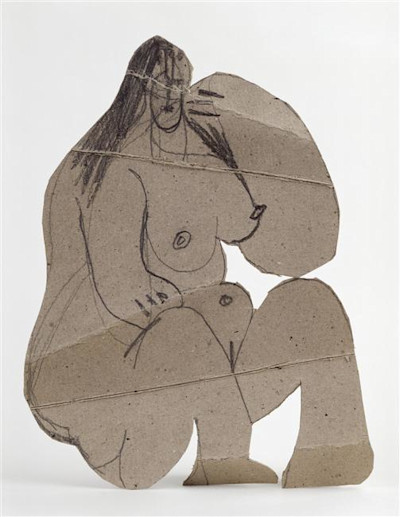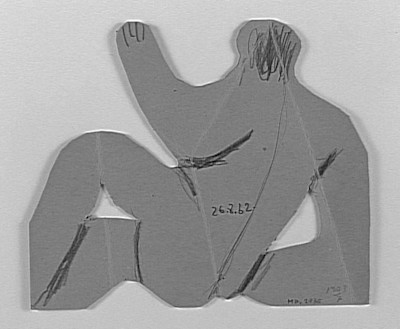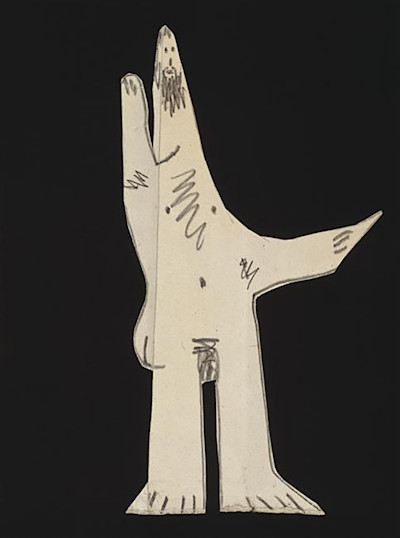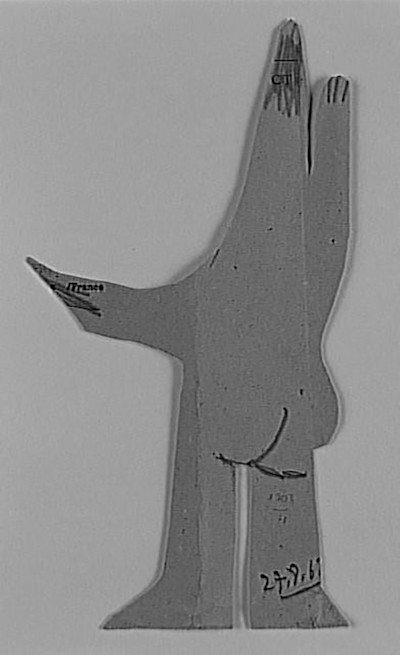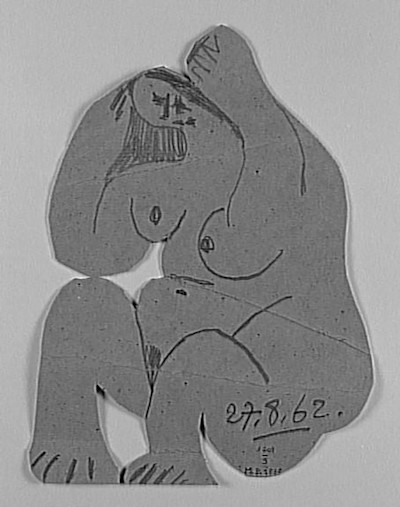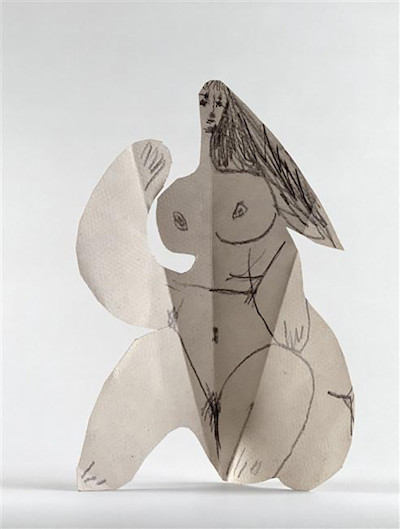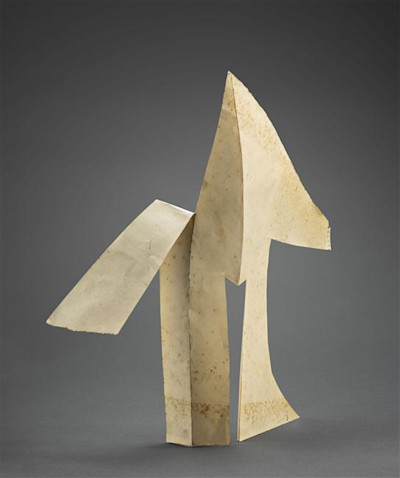Picasso’s cutouts
04.26.2018

Pablo Picasso, best known for his paintings and drawings, also applied his restless energy to sculpture. His earliest known sculpture, modeled in clay to be cast in bronze, was made in 1901 when he was 20; he subsequently produced over six hundred throughout his life.
Picasso worked generally in two sculptural modes, each grounded in their respective materials and techniques. He modeled sculpture in the round in clay or plaster for casting in bronze but he also constructed frontal, open-form works from cut or found pieces of sheet metal, metal rods, wood, or cardboard.
During the 1950s and 1960s, he developed in the latter mode a series of sculptures that were cut from a single sheet of wood or metal and painted. The painted wood and metal cut-outs are closer to painting and drawing than are most of his sculptures and give new importance to painted surfaces in defining and articulating the represented forms. He was sketching every sculpture from pieces of paper and cardboard - this is a series he created in the late 50s focusing on human silhouettes.

